 The Boy Travelers - Africa
Boy Travelers-Africa
The Boy Travelers - Africa
Boy Travelers-Africa

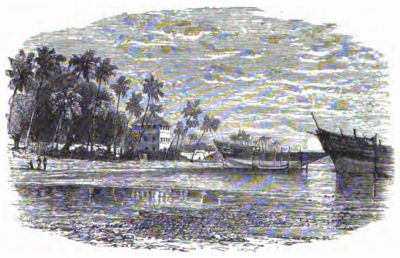
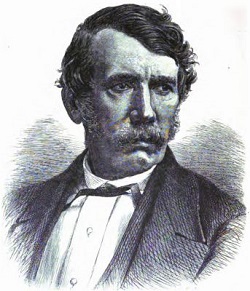
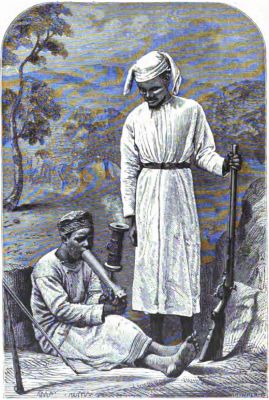
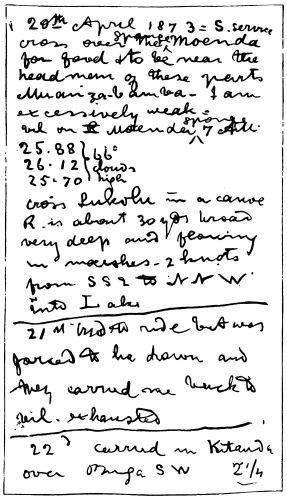
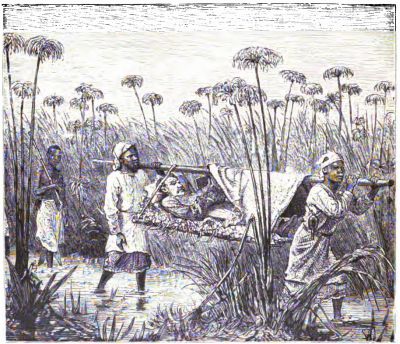
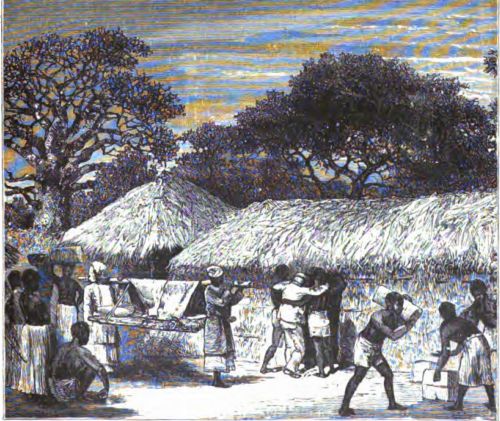
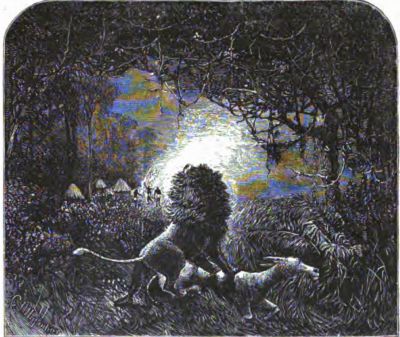

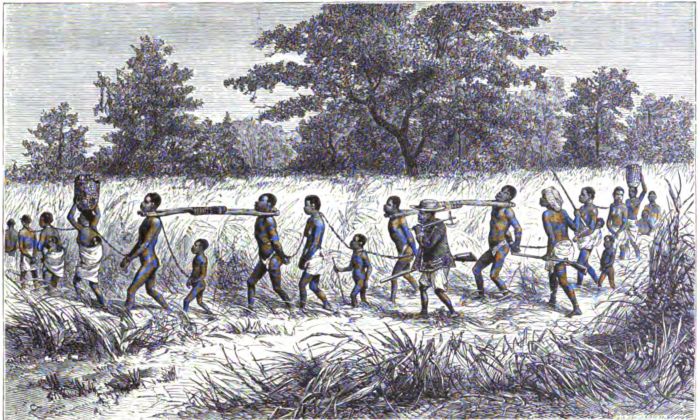
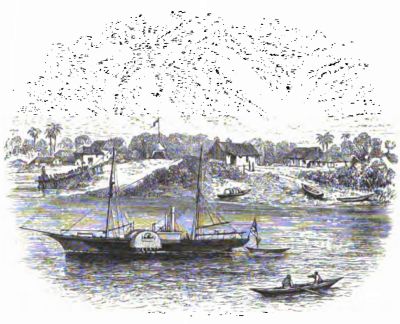
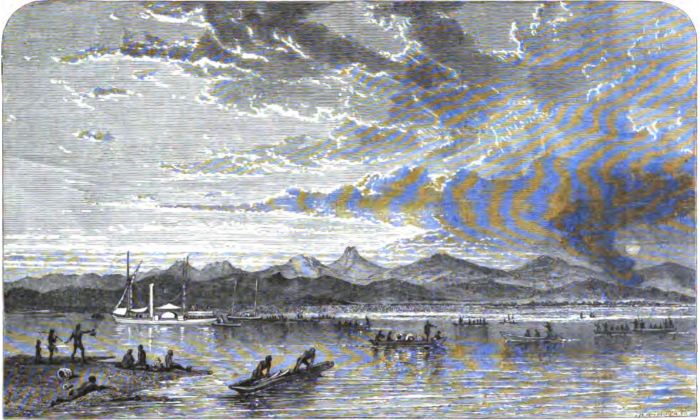
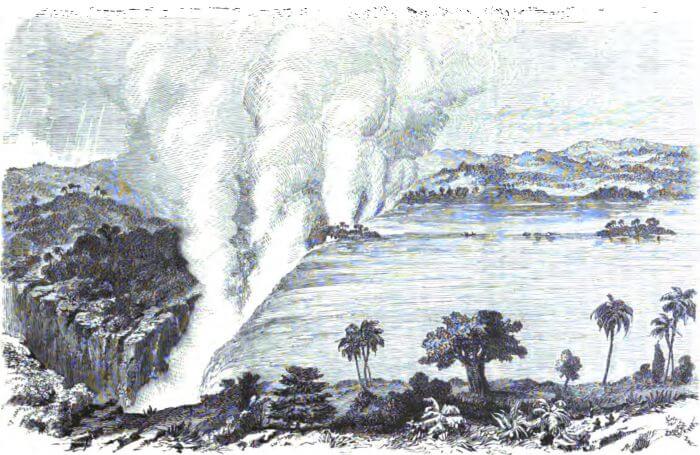
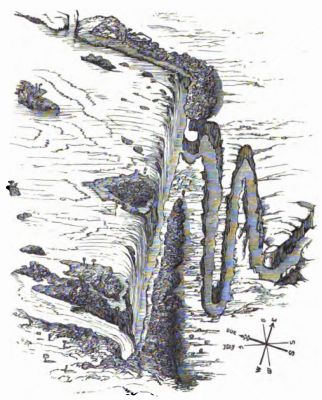
 The Boy Travelers - Africa
Boy Travelers-Africa
The Boy Travelers - Africa
Boy Travelers-Africa

Study the chapter for one week.
Over the week:
Activity 1: Narrate the Chapter
Activity 2: Study the Chapter Pictures
Activity 3: Observe the Modern Equivalent
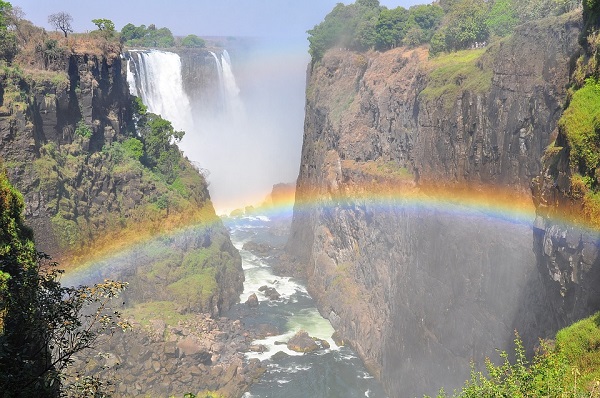
Activity 4: Map the Chapter
Victoria Falls is a waterfall located in southern Africa on the Zambezi river between the countries of Zambia and Zimbabwe.
Find the countries of Zambia and Zimbabwe on the map of Africa.

Activity 5: Map the Chapter on a Globe